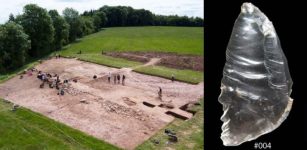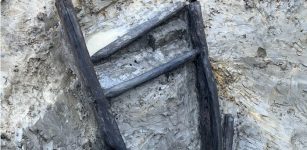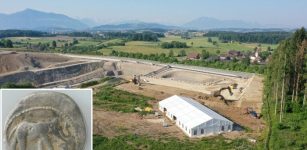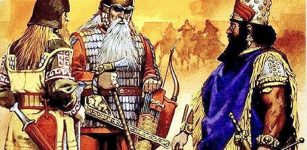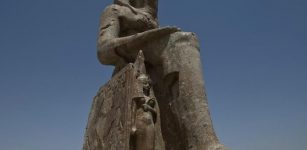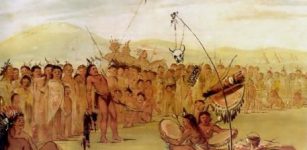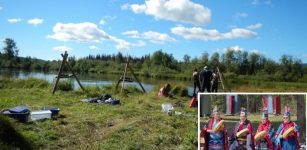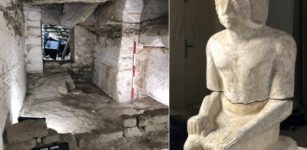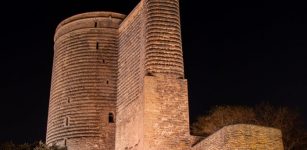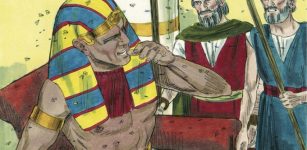4,000-Year-Old Funerary Garden Found In Luxor, Egypt
AncientPages.com - A 4,000-year-old funerary garden has been discovered in Luxor, Egypt. This is the first such garden ever to be found and its analysis will provide valuable information about both the botany and the environmental conditions of ancient Thebes, of Luxor 4,000 years ago.

Funerary garden, was unearthed in an open courtyard at the entrance of a Middle Kingdom rock-cut tomb, Luxor, Egypt. Image: Credit: CSIC Communications
The garden, was unearthed in an open courtyard at the entrance of a Middle Kingdom rock-cut tomb very probably from the Twelfth Dynasty, circa 2000 BC.
"We knew of the possible existence of these gardens since they appear in illustrations both at the entrances to tombs as well as on tomb walls, where Egyptians would depict how they wanted their funerals to be, “Dr. José Manuel Galán, from the Spanish National Research Council (CSIC, )said.
Located on the Dra Abu el-Naga hill, the garden is measuring 3m x 2m and is divided into a grid arrangement of 30 cm2 beds distributed in rows of five or seven beds. In addition, next to the garden, two trees were planted and according to Galán, the plants grown in the area would have had a symbolic meaning and may have played a role in funerary rituals.
“We know that palm, sycamore and Persea trees were associated with the deceased's power of resurrection. Similarly, plants such as the lettuce had connotations with fertility and therefore a return to life,” explained Dr. Galán.
Also a small mud-brick chapel (46cm high x 70cm wide x 55cm deep) with three stelae, or stone tombstones, in its interior was uncovered attached to the facade of the tomb.
These are dated later than the tomb and the garden, coming from the Thirteenth Dynasty, around the year 1800 BCE. One of them belongs to Renef-seneb, and the other to "the soldier ("citizen") Khememi, the son of the lady of the house, Satidenu." On each, reference is made to Montu, a local god from ancient Thebes, and to the funerary gods Ptah, Sokar and Osiris.
"These finds highlight the importance of the area around the Dra Abu el-Naga hill as a sacred centre for a wide range of worship activities during the Middle Kingdom. This helps us understand the high density of tombs in later times as well as the religious symbolism that this area of the necropolis holds," adds the CSIC researcher.
AncientPages.com

